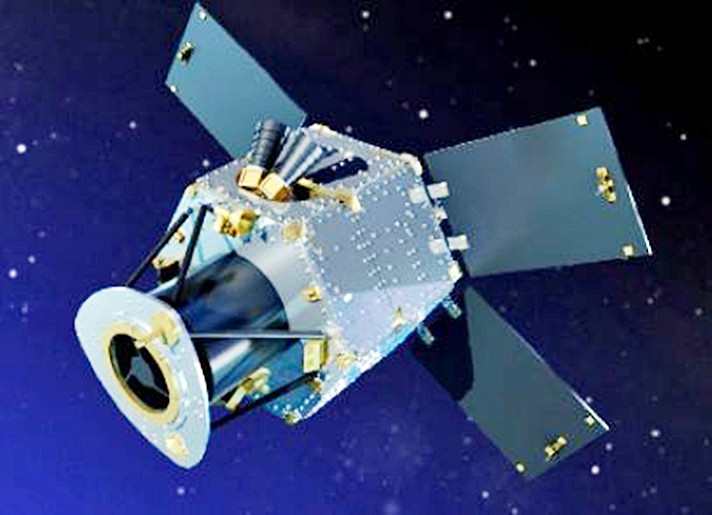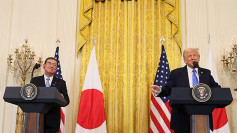The first satellite designed, tested and manufactured by the United Arab Emirates (UAE) was successfully orbited today by a Japanese medium-lift launch vehicle.
KhalifaSat, a remote-sensing Earth observation satellite, is now in Low Earth Orbit (LEO) after having been lofted into space by a Mitsubishi Heavy Industries H-2A rocket from the Tanegashima Space Center located on Tanegeshima Island, 40 km south of Kyushu. The satellite was developed and built by the Mohammed bin Rashid Space Center (MBRSC).
Emirati officials said the successful launch of KhalifaSat is a new landmark for the UAE's space ambitious space program that ultimately aims to build a mammoth city housing 100,000 human beings on Mars. The launch was hailed by the UAE's leaders as an "unprecedented Emirati achievement."
A team of engineers from MBRSC traveled to Tanegashima to monitor the launch. There was elation among the Emiratis when it was announced the flight path was "proceeding as expected." KhalifaSat successfully jettisoned from the launch rocket at around 10:00 a.m. to beginning its LEO orbit around the Earth. Japanese engineers cheered the news.
KhalifaSat was designed at the Space Technology Laboratories at MBRSC and used the Satrec Initiative SI-300 bus from South Korea. Once fully operational, KhalifaSat will beam high-quality images to the ground station in the UAE. The images will help governments and private companies across the globe to monitor climate changes; plan for disaster relief;' and do better urban planning, among other advantages.
Ahead of the launch, KhalifaSat project manager Amer Al Sayegh said the project had helped the UAE create partnerships across the globe. He said it's not only the technical work that we are doing with our Japanese colleagues, but it's also the bonding of two teams and two cultures working together for the same vision.
Al Sayegh noted the UAE now has a highly qualified team equipped with knowledge, expertise and strong teamwork for the new missions for the UAE. The launch was streamed live on the internet.
The KhalifaSat project was officially announced by Sheikh Mohammed bin Rashid Al Maktoum, Vice President and Prime Minister of the UAE and Ruler of Dubai, in December 2013.
KhalifaSat is a hexagonal satellite with four deployable solar panels. The SI-300 satellite bus comprises three decks. It also has an upper sun shield that protects the camera from temperature fluctuations and radiation damage.
Formerly known as DubaiSat-3, KhalifaSat is the third Earth observation satellite of the UAE's Institution for Advanced Science and Technology (EIAST).






